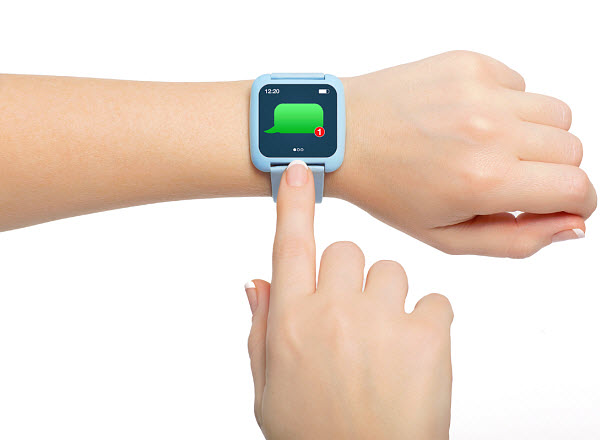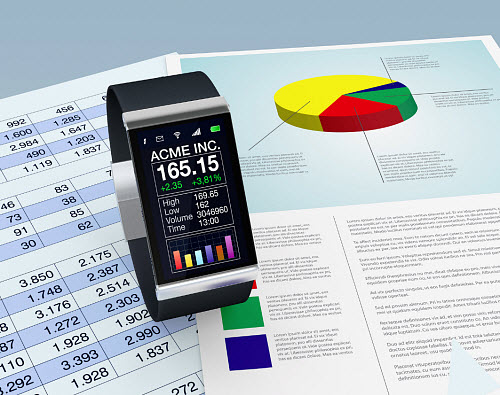The company has now filed for a patent for this type of wearable technology device.
It looks as though Microsoft is looking into becoming another player in the smartwatches game, as the U.S. Patent Office has now publically released an application that was made by the software giant for a design that could place the company in competition against Samsung, Google, and potentially Apple (whenever it makes its own entry into the market).
This application was just released last week, though it was initially filed back in October 2012.
The Microsoft application details various plans for a type of wristwatch that could be used as a music player, a fitness tracker, a messaging device, and to make phone calls. The face for these smartwatches would be able to detach from their bands in order to connect it to a charger. If the company is, indeed, pursuing wearable technology (and this patent application would suggest that it is), the Microsoft will be joining the companies that are making a rather late entry into the market, as Apple is doing.
Other smartwatches have not only been on the market for a while, but they have had multiple generations.
The Galaxy Gear wearable technology, and the Pebble, are good examples of devices that have now had the opportunity to start to build a customer base, to market themselves, and to release more than one version of the device as a better understanding of the use and the tech is created. Another large participant in this market will be Google, when the Moto 360 is released in the United States, this summer. Rumors of Apple’s wearables have been circulating for ages, but as is the tradition from that company, nothing official has been heard about a specific device.
There is also existing competition outside of the giants in the industry, as many startups have been creating their own devices that have started to become popular. Pebble may have only been a startup, but it is still grouped among the serious players as it managed to sell 400,000 of its devices in 2013.
The patent doesn’t make it clear exactly what Microsoft’s smartwatches will be or even if they will be released to the public. As of the time of the writing of this article, the company had yet to release a statement on the matter.
Even though the wearable technology market is rapidly building in devices, applications are nearly nonexistent.
The wearables market is quickly flooding with smartwatches and other types of mobile gadgets that are worn on the wrist or other places on the body, but at the same time, there are very few applications that are available in the app stores for these devices.
Now that Android Wear has been released by Google, that is expected to change rather quickly.
Mobile app developers are already starting to enter into the race to become the leaders among the applications available for smartwatches. The popularity and growth of wearable technology is allowing them to be able to take hold of an opportunity that has been increasingly challenging – to the point of impossible, for many – when it comes to putting out a hit mobile app. As the number of applications for Android and iOS devices is now in the millions, it is difficult for a developer to stand out.
The number of apps for smartwatches is notably lower, making it far easier to be noticed by users.
What will be interesting is whether it will be games that will become the most popular among wearables – as is the case with smartphones and tablets – or whether it will be fitness and health tracker apps that will lead the way in these even smaller screen mobile gadgets.
BI Intelligence has recently released a report that provides some insight regarding the current ecosystem for wearable apps. It looked more closely at precisely why the present environment for wearable tech device applications is as limited as it is. Moreover, it also examined the way that certain categories for apps could help to make not only the developers, but also the device category, a tremendous mainstream success.
The report didn’t look exclusively at the market for smartwatches, but also looked at the broader spectrum of wearables and their apps. For example, the Google Glass apps space was examined, and the battle for dominance between Google and Apple were also discussed. Among the primary barriers that was identified was the fact that the wearables sphere is currently highly segmented. That may, however, not remain the case with Android Wear now in play, and with an iOS launch expected at some point this year.



